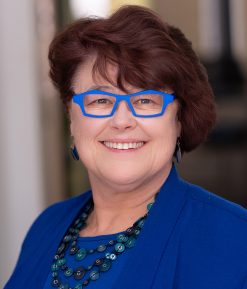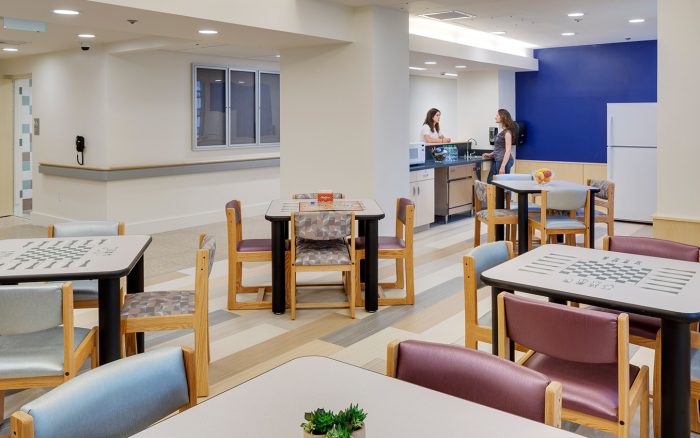A Therapeutic Transformation
We were proud to transform the historic 1955 Chambers Building at the Taunton State Hospital campus into a welcoming and therapeutic space to support DCAMM and DMH addiction recovery programs. Using a trauma-informed design approach, and with a goal of deinstitutionalizing the hospital space, we oversaw a phased renovation on the campus. After completing the Phase 1 renovation of the Women’s Recovery from Addiction Program on the first floor, we turned our attention to Phase 2: creating four units for the Men’s Recovery from Addiction Program (MRAP), which occupies the second and third floors, along with a basement for DMH support services.
Location
Taunton, MA
Client
Division of Capital Asset Management and Maintenance
Size / Area
89,500 SF

Functional Design to Suit the Space
The building’s unique “E” shaped layout is both functional and practical. The east and west wings, designed to inpatient psychiatric standards, feature:
- single and double bedrooms
- dining rooms
- inviting lounges
- fitness rooms
- group therapy rooms
- medical support spaces
The central wing on each floor is home to program administration, social service, and support staff spaces, fostering a well-rounded environment for care and recovery. Double-loaded corridors open to create engaging communal spaces.
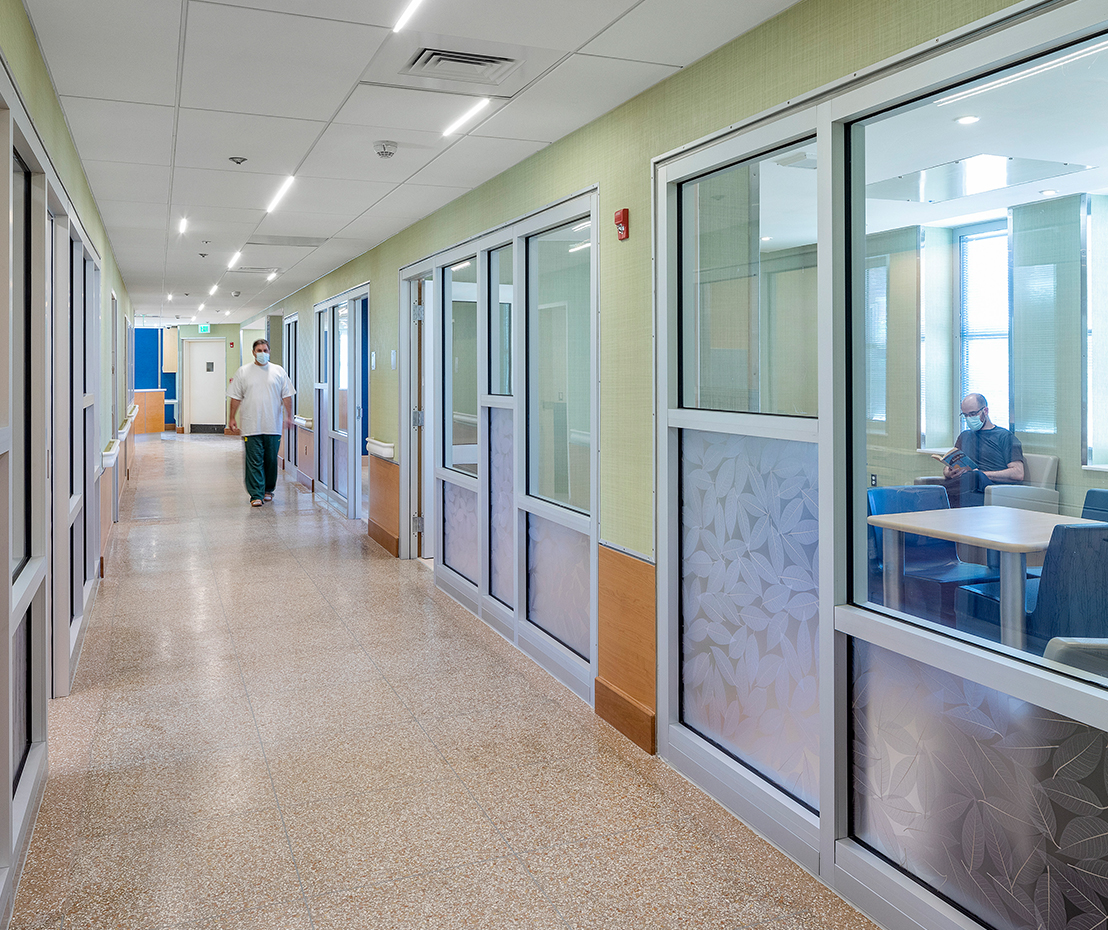

“The space we occupy can either help in the therapeutic process or be a barrier. Our clients have said it best – that the space is welcoming; that they could not believe it was built for them; that it made them feel good about themselves. Thank you for listening and understanding that the clients we serve deserve such a space and for working to make it real.”
– Anthony Riccitelli, former Director of Inpatient Management, MA Department of Mental Health
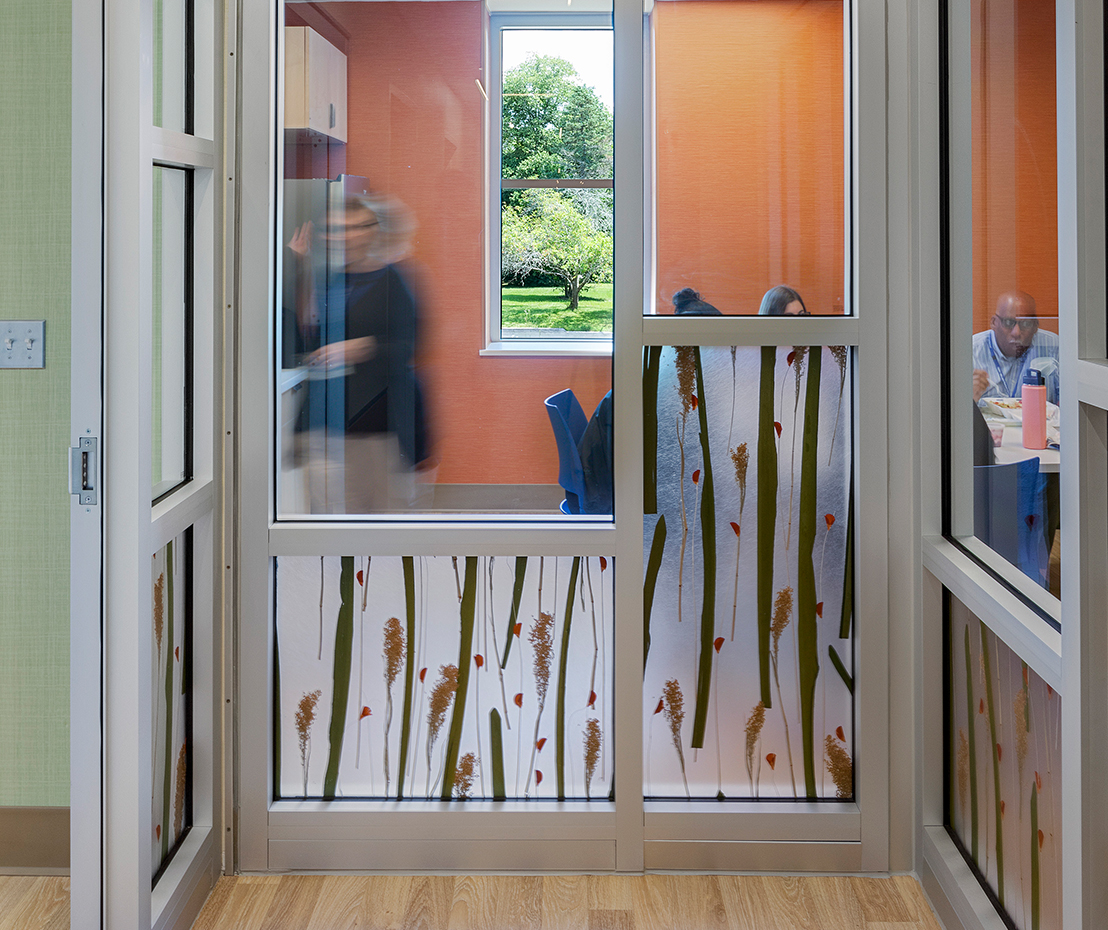
Energy Efficiency for Year-Round Comfort
This renovation included a deep energy retrofit of the building and systems, including:
- replacing 400+ original windows with double- and triple-glazed windows
- adding new insulation at the slate roof and back cavity walls
- upgrading the steam heating system to an all-electric distributed system of VRFs and ERVs
- installing a new fire suppression system
- overhauling two elevators
- installing new electrical panels, distribution, and LED lighting
- adding low-flow plumbing fixtures
- replacing accessible piping
These upgrades ensure efficient energy usage, along with year-round comfort and ventilation that meets 2020 ASHRAE standards. Most importantly, they create safe and comfortable spaces that support the self-worth of patients.
Renovating for Recovery
Biophilic design throughout the interiors fosters a calming, healing environment for patients in detox and early-stage rehabilitation by bringing in colors, materials, and elements inspired by nature. The facilities also offer plenty of daylight, along with ventilation and eco-friendly, non-toxic materials for a healthy indoor environment.
The men’s detox unit includes a dedicated rooftop terrace for recreation, while the rehab unit features new recreation yards to the north and south of the building. These outdoor spaces provide a mix of active and quiet areas for individual, small-group, and 10-person therapy groups.
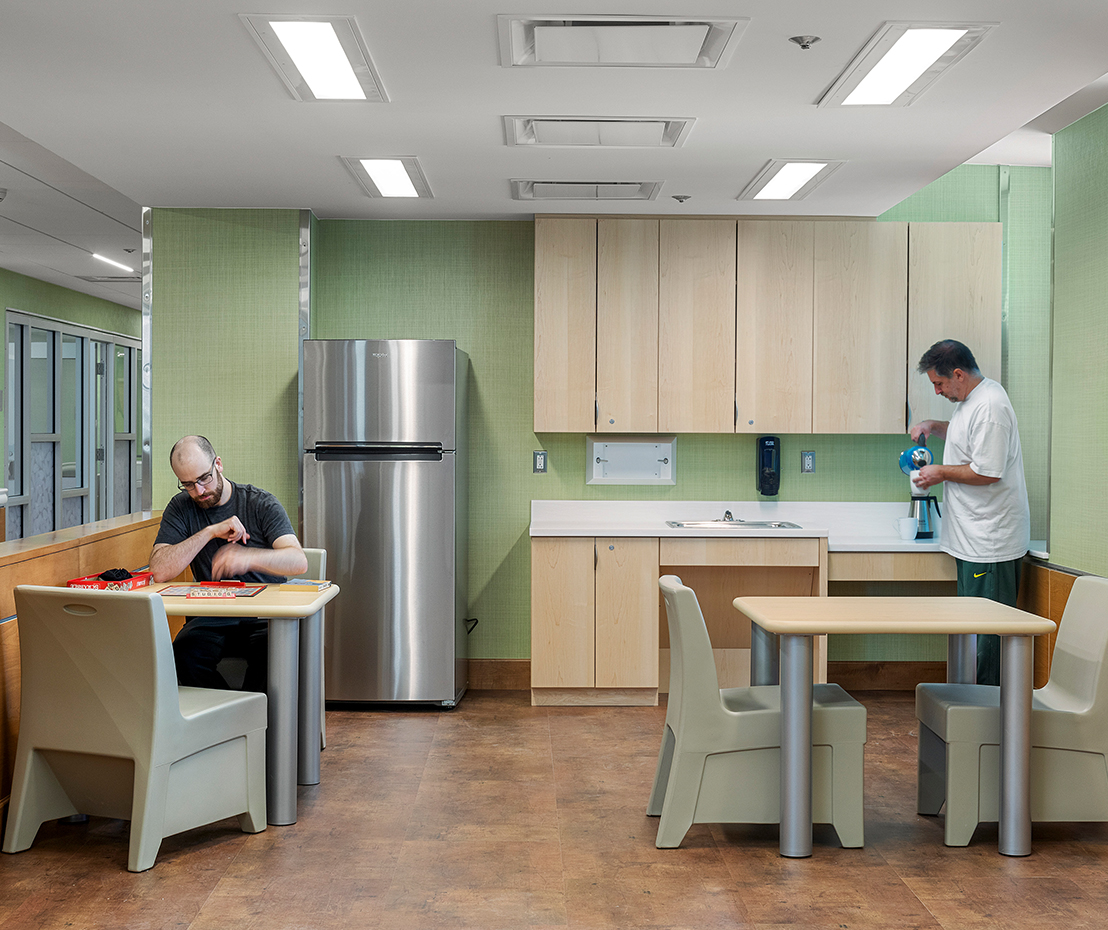
Adapting to Unprecedented Challenges
When the COVID pandemic hit during the design phase, we quickly adapted to meet the unique needs of a 24/7 facility with medically vulnerable residents. Revisions included:
- increasing air changes in HVAC
- upgrading filters to meet ASHRAE guidelines
- switching to highly scrubbable finish materials
- installing touch-free plumbing fixtures
- adding handwashing and sanitizing stations
- shifting from group restroom facilities to private bathrooms
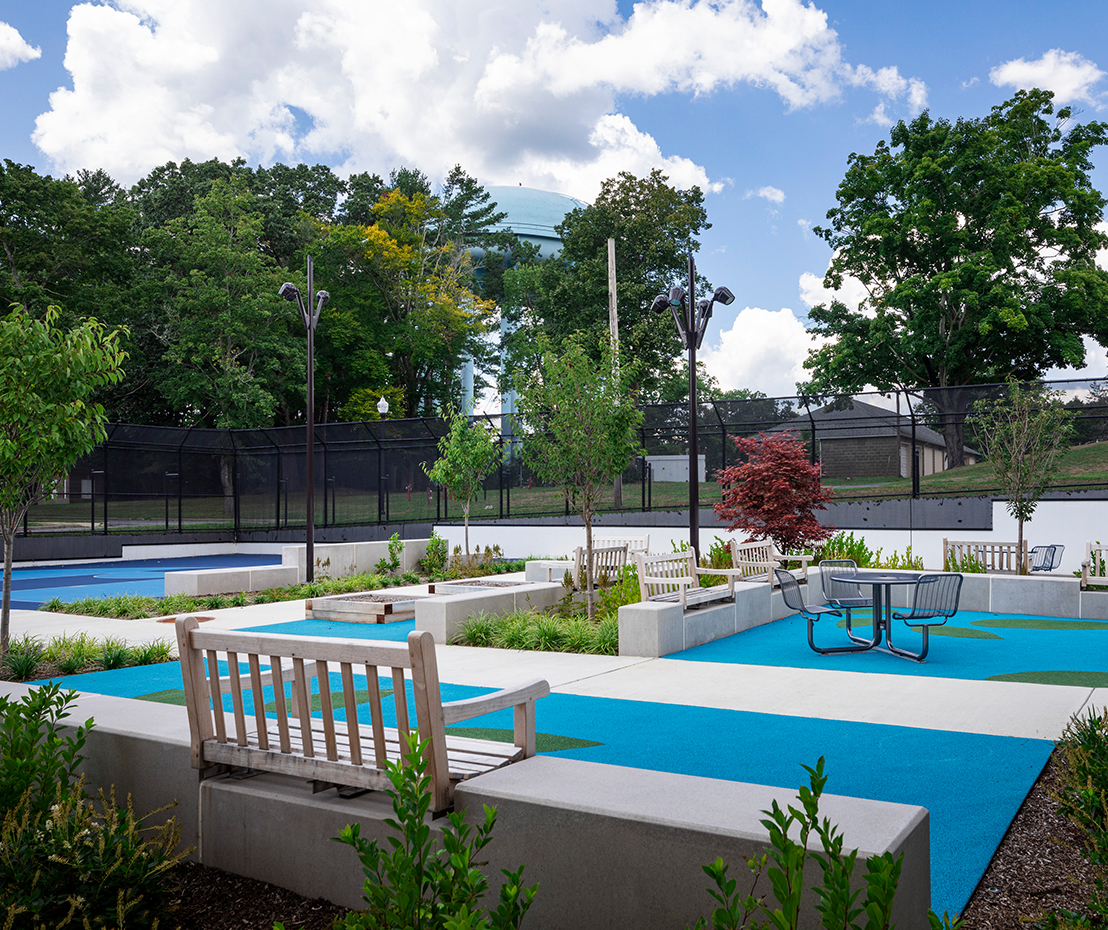
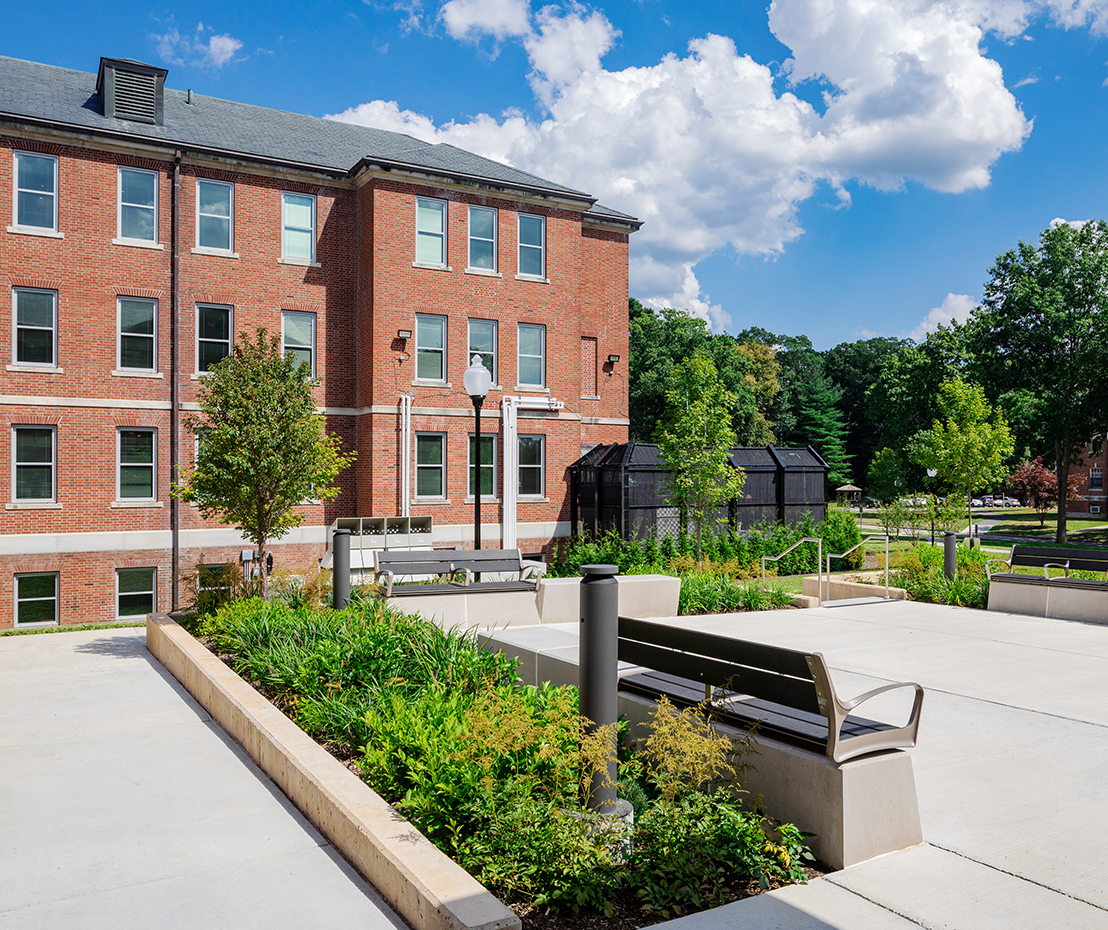
A Fully Accessible Program
Our design ensures full accessibility of the Chambers Building, across the building and landscape. During Phase 2, we also redesigned the Glass Building Courtyard to create accessible access from the parking lot and sidewalk to the main campus entry. The updated courtyard includes an ambulance zone, emergency vehicle access, and separate access for pedestrians and vehicles.

